ESA is opening an Invitation to Tender (ITT) to investigate the use of highly energetic exothermic reactions for demise purposes.
It is a common misconception that spacecraft ‘burn up’ as they reenter the atmosphere. They heat up, melt and ablate due to the friction with the atmosphere, but there is very little true burning (or oxidation) taking place. Spacecraft break-up and demise typically takes place between 100 and 60 km altitude and there is very little oxygen present at those altitudes.
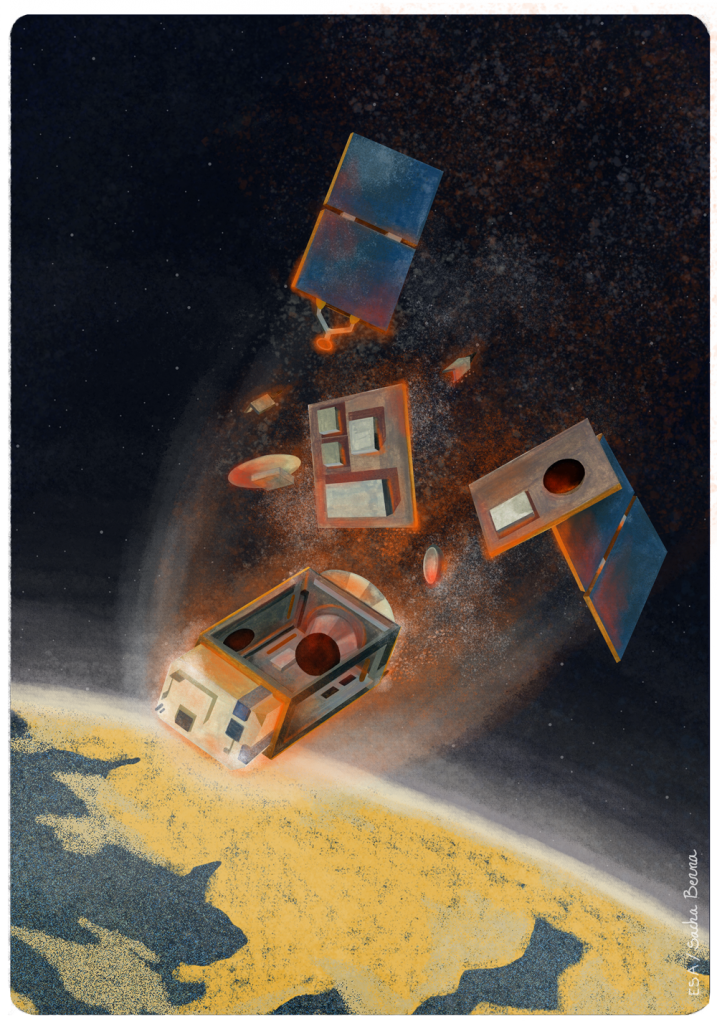
Still, it would be nice if spacecraft would actually burn up during reentry. It would help reduce the on-ground casualty risk, which is the end goal of ‘design for demise’. A burning process would help add energy to facilitate the demise. This is exactly what ESA plans to investigate.
Within some of the hard to demise equipment, such as reaction wheels, solar array drive mechanisms, other big mechanisms and optical equipment, the use of some materials that are hard to demise are unavoidable. These materials are for example stainless steel and titanium, which both have a high melting temperature. If other methods to maximise available heat or expose the equipment earlier to the heat flow are not sufficiently effective, an exothermic reaction could help provide the missing energy to achieve demise. Moreover, the energy can conceptually be timed to release when required and directed where it is required.
Potentially one family of materials to be used in order to generate an exothermic reaction is thermite. Thermite is a mixture of metal powder and metal oxide. Presence of metal oxide enables the exothermic reaction to take place even in the low oxygen reentry environment at high altitude. A multitude of different thermite mixtures exist. Thermite is an attractive solution due to its high ignition temperature, meaning that it stays chemically inert up until ignition, but undergoes a highly exothermic reaction when ignited. However, several points need to be investigated in more detail, namely:
- The correct sizing of the quantity to be used for a given application
- The optimal mixture (compounds, binder, particle size) to achieve the maximum possible energy release, as well as a reliable burn process
- The optimal timing/temperature of the ignition, potentially making use of fuses
- The potential negative influence of the reaction products (slag).
A modest first effort to prove the concept has already been performed. The results of this activity yielded mixed results. Thermite ignition in the relevant environment, a plasma wind tunnel, and release of a significant amount of energy was demonstrated. However, the impact on the demise of the test samples was limited for several reasons:
- A sub-optimal thermite composition, leading to unreliable ignition and even partial ignition
- Insufficient quantity of thermite for the selected test sample
- Issues with the test predictions, and therefore later test correlation
- A sub-optimal test set-up, yielding a non-representative temperature distribution
- An overly complicated test sample, which, although close to an actual flight application, introduced additional unknowns in the test
- Impact of the formation of slag, remaining in place and impacting the demise process, which is likely not representative for the behaviour during re-entry.
Even though the first proof of concept testing was not fully successful, the lessons learned are valuable for a more thorough assessment in the frame of this study. Other experimental efforts in this field are reported in literature and have at least in part addressed some of the reported issues.
If developed successfully, using exothermic reactions to facilitate demise could provide a paradigm shift, from trying to design all equipment for demise, to demising existing equipment with minor changes while leveraging existing heritage.
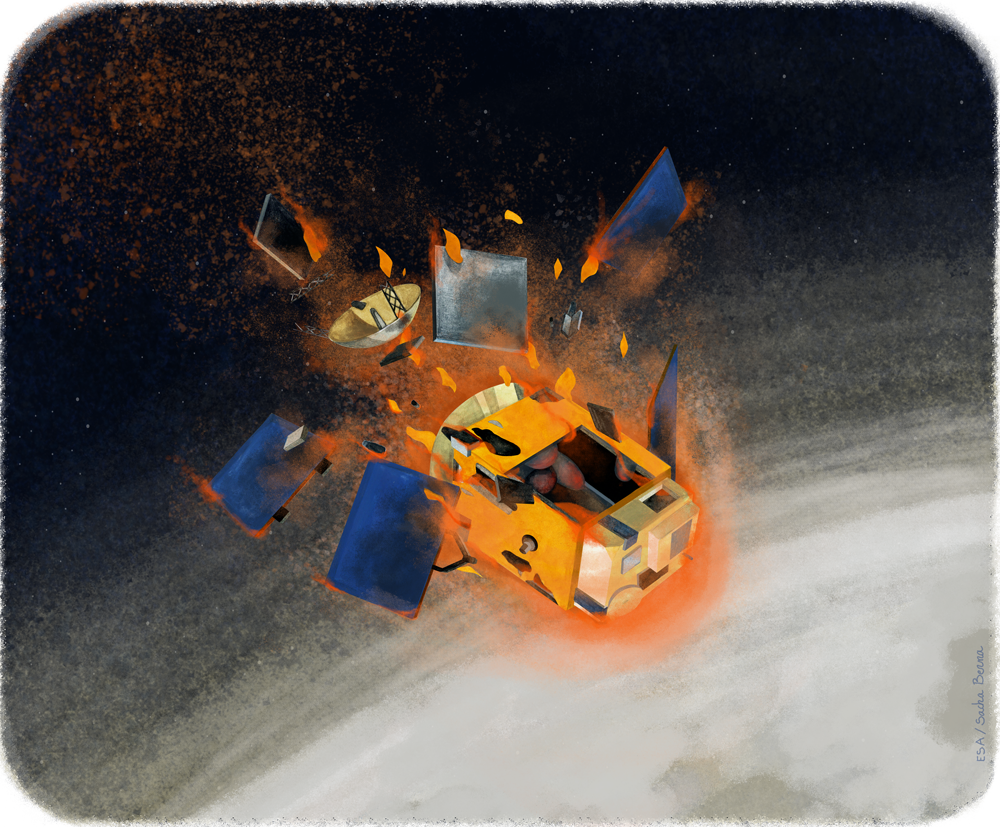
To further investigates the use of exothermic reactions ESA has issued the ITT “Spacecraft demise during re-entry expedited using various exothermic reactions”.
This ITT’s closing date is the 23 June 2021.
For more information about the ITT, please visit the esa-star website: https://esastar-publication-ext.sso.esa.int/
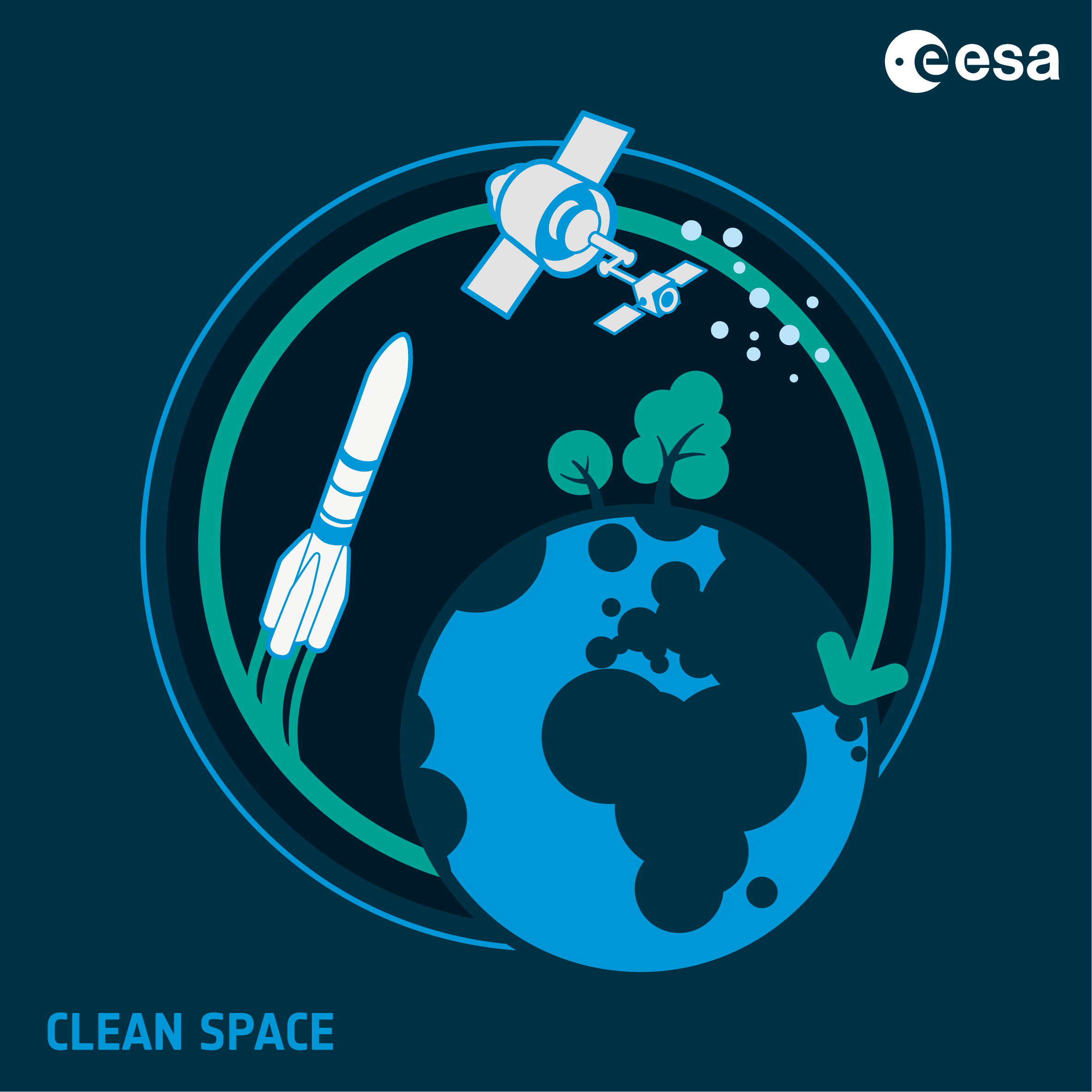

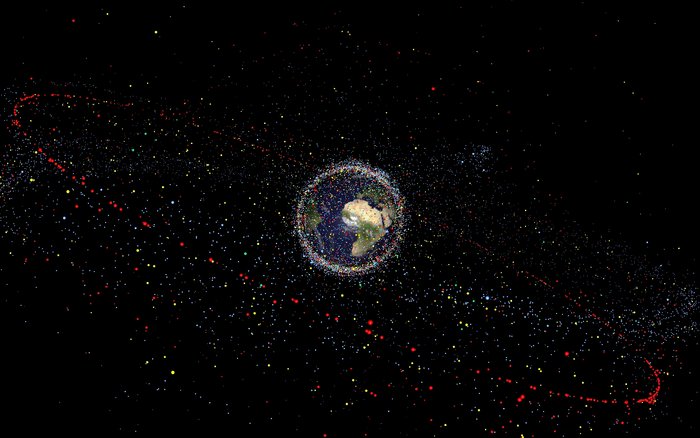
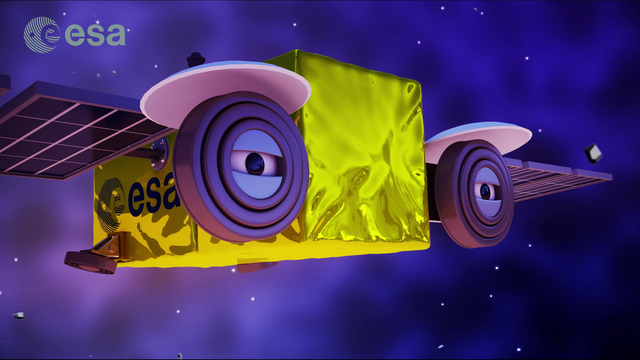
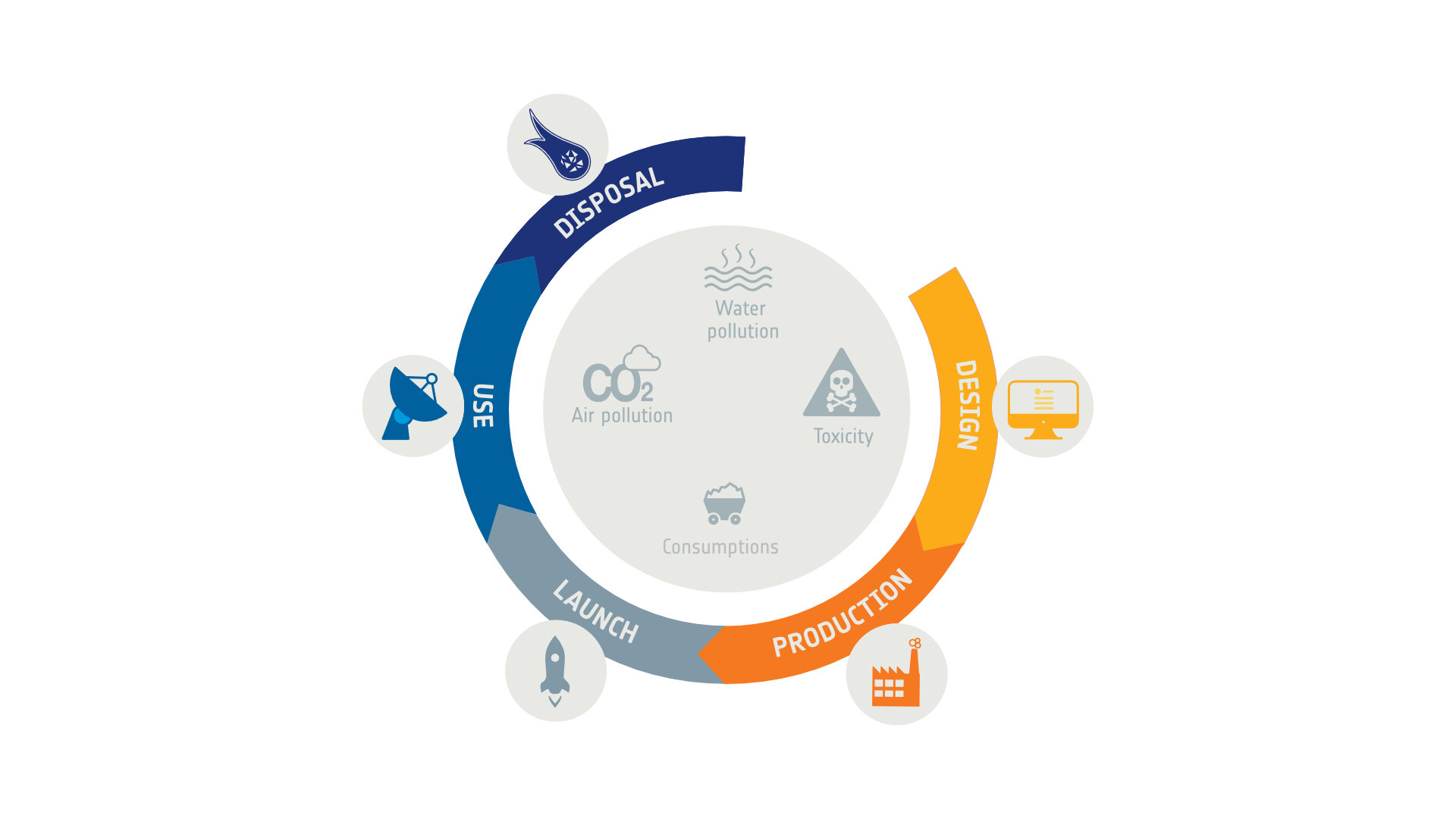
Discussion: one comment
If developed successfully, using exothermic reactions to facilitate demise could provide a paradigm shift, from trying to design all equipment for demise, to demising existing equipment with minor changes while leveraging existing heritage.